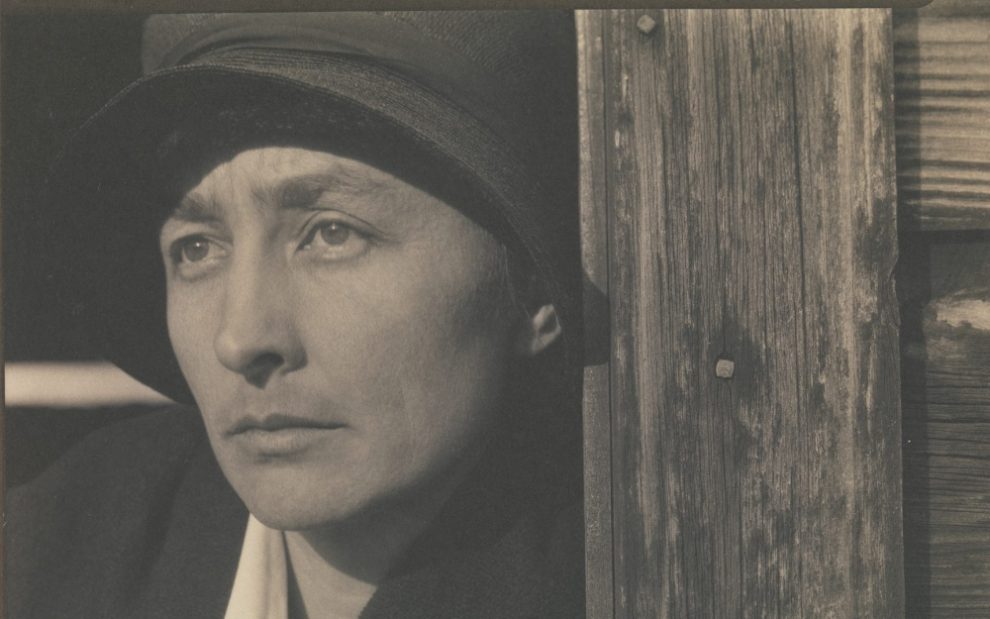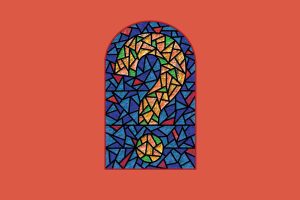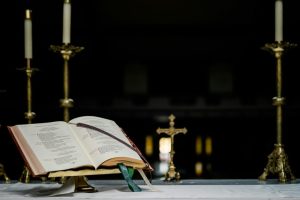I don’t go to museums much. Not because I don’t like them, but simply because—you know. Maybe for the same reason you don’t go. Museums take time, and life is full of busyness. Although I jot down on the calendar when a cool exhibit is scheduled to be in town, I rarely manage to get there before it’s gone. On those rare occasions when I do make the time for a museum visit, I marvel at how wonderful it all is, how uplifting, how challenging, how noble the pursuit of art and invention can be. The vision of artists, how they see and celebrate the world, fills me with hope for humanity. Artists awaken the possibility of a better future, greater understanding, more compassion, peace on Earth, justice for all—all that. Superlatives and hyperboles overwhelm me on a museum walk. I pledge to do it again soon, for sure. And then—you know.
Recently when a friend came to visit, she mentioned how much she loves Georgia O’Keeffe. My friend had a calendar of O’Keeffe’s flowers, every month graced by a reproduction of one of those mesmerizing, mysterious, intimate bloom paintings. I remembered the O’Keeffe museum is in Santa Fe, New Mexico, not far, and that it would be possible to take a trip there. I’d been meaning to get there for years, in fact. But—you know.
So we did it. We drove to Santa Fe and spent a few hours drinking in the impossible splendor that this artist could discover in a single bloom. O’Keeffe is often quoted for what she said about her flowers, as if she had to justify spending so much labor and focus on such a miniature subject: “Nobody sees a flower really. It is so small. We haven’t time, and to see takes time—like to have a friend takes time.”
I learned on this outing that O’Keeffe had originally joined the art scene in New York City, of all places, capturing its energetic skylines with an angularity and power that surprised me. How does an artist move from illustrating the jaunty, proud architecture of cityscapes to an almost monastic contemplation of the interior of a flower? The answer is as simple as it is painful: the territorial chauvinism of the art world. Male artists already on the scene told O’Keeffe in no uncertain terms to leave the buildings to the men. And she did, retreating to a ranch in the Southwest desert to become the nature artist most of us know.
Buildings, flowers—and skulls. O’Keeffe’s third great subject was bones. She found them in the wilderness, decorated them, reproduced them on canvas, and celebrated their raw sincerity. She didn’t consider this a morbid fixation, nor a meditation on death. O’Keeffe viewed bones as a metaphor for what’s under the surface of things. Bones are reality: We suggest as much in describing unvarnished truth as bare bones or a house or project as having good bones. Bones tell us much of life is comprised of facade: the mowed lawn, ironed shirt, colored hair, and polite speech concealing the authentic living going on underneath the controlled mask we each choose to wear.
And if you’re wondering what this has to do with the Bible—this is a scripture column, right?—the intersection is here. The Hebrew Bible prophets were all about bald authenticity. They were bone artists of divine truth. They didn’t dither about moral discernments as is fashionable in modern spiritual direction: “Whatever am I to do?” Prophets were bluntly directive, as Isaiah demonstrates in this month’s passage: share your bread, shelter the homeless, protect the needy. The master catechist Sirach is equally blunt in his advice: God sets fire and water before you, don’t be an idiot, reach for the water. Leviticus reports God’s message to Israel crisply: Be holy because I am holy. End of story.
Jesus shows himself to be a bone artist in his Sermon on the Mount: You’re looking for an easy out? You think I’m the Lord of the soft touch? The law says don’t kill. I say don’t hate. The law says don’t cheat on your spouse. I say don’t entertain the notion.
The sermon gets really bare-bones when Jesus delivers the bottom line on truth-telling. Don’t swear falsely, Jesus says. In fact, don’t swear at all. Say yes and no and mean it. This is a sober teaching for our time. We’ve lost the imperative of honesty. We’ve become experts in massaging facts until they mean anything or nothing. We decorate the bones of truth so comprehensively that we can’t read the clear lines of reality anymore. This makes us lose the ability to trust. And in losing trust, we lose interest in the stakes. We don’t know who or what to believe, so it becomes easier to believe nothing and no one.
That crashing sound you hear? That’s worldly institutions—religion, government, academia, finance, global health, civic responsibility, our common humanity—falling into the sea. Pretty soon we find ourselves marooned on an island of one, anxious, suspicious, and cynical. This is a lousy way to live. And it’s what happens when we lose sight of and confidence in the bones.
I turned a corner in O’Keeffe’s gallery and was confronted by a simple image of a black-limbed tree. It stands erect against a haze of deep greens and blues that merely suggest leaves and sky. On the highest branch appears a small orange circle, unnoticeable but for the relentless darkness of the background. Tree with Cut Limb is what the artist calls it. I call it a stark expression of loss. The orange circle is like a mouth, screaming out for its phantom bough. It’s the wound of the world. It’s also the private wound you and I carry buried within the black-and-blueness of life’s heavy costs, the fierce pain endured against the lush greening promise of an unknown future.
The limb is gone. That much is clear. The tree’s nurtured balance has been violently offset. But it will go on, finding new order and structure and poise despite the loss. It doesn’t forget what’s been taken, but it will continue. There’s something so bare-bones about this portrait of grief that each time I look at it, a lump forms in my throat. And yes, I look at it: A reproduction hangs in my bedroom near photos of loved ones who are gone. Tree with Cut Limb retains something massive and strong from O’Keeffe’s early cityscapes in its vision. It also repeats the subtext of O’Keeffe’s valleys of bones: This is how it feels underneath, make no mistake, let’s not pretend.
Something exquisite from the endless canvases of flowers is also reserved in that courageous tree: a beauty, a vulnerability, a secret. Some part has been lost, yet the whole survives. Glancing up at that telltale orange circle where a branch once stretched toward the sun, you can almost hear the prophets shouting their unadorned cries for justice. Our planet is, without a doubt, a reverse-Eden of anguish. History is a litany of losses rushing like a subterranean river under the streets we walk. Sickness, fires, floods, and famine; wars and human cruelties without number. Each century, societies unravel and are knit back up again. The stitches are evident, and the scars are real. Let’s tell the bare-bones truth about how those scars got there. Let’s listen to one another’s stories and trust that the bones of truth always point us in the right direction.
This article also appears in the February 2023 issue of U.S. Catholic (Vol. 88, No. 2, pages 47-49). Click here to subscribe to the magazine.
Image: Wikimedia Commons/Metropolitan Museum of Art, photo of Georgia O’Keeffe by Alfred Stieglitz














Add comment